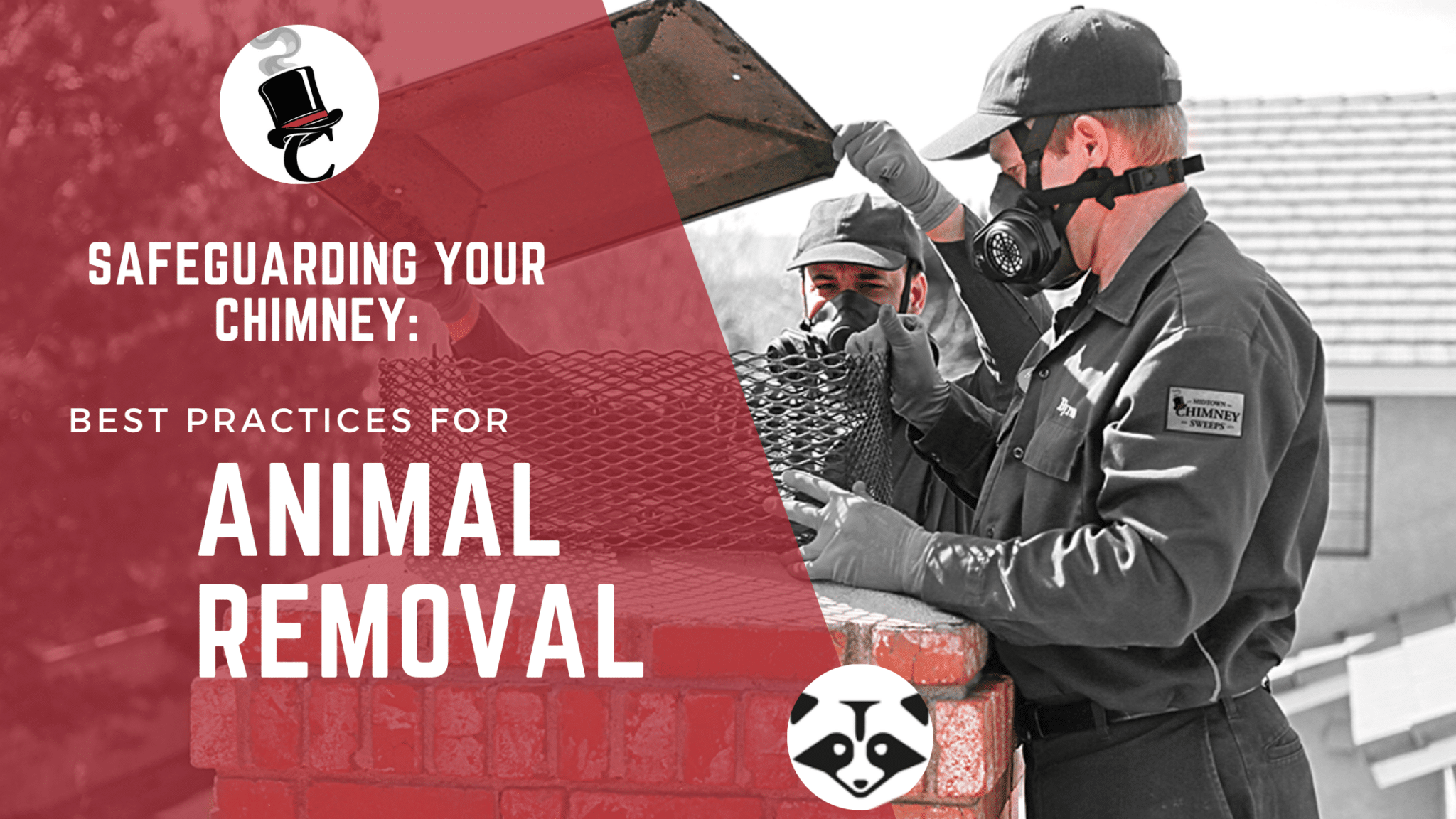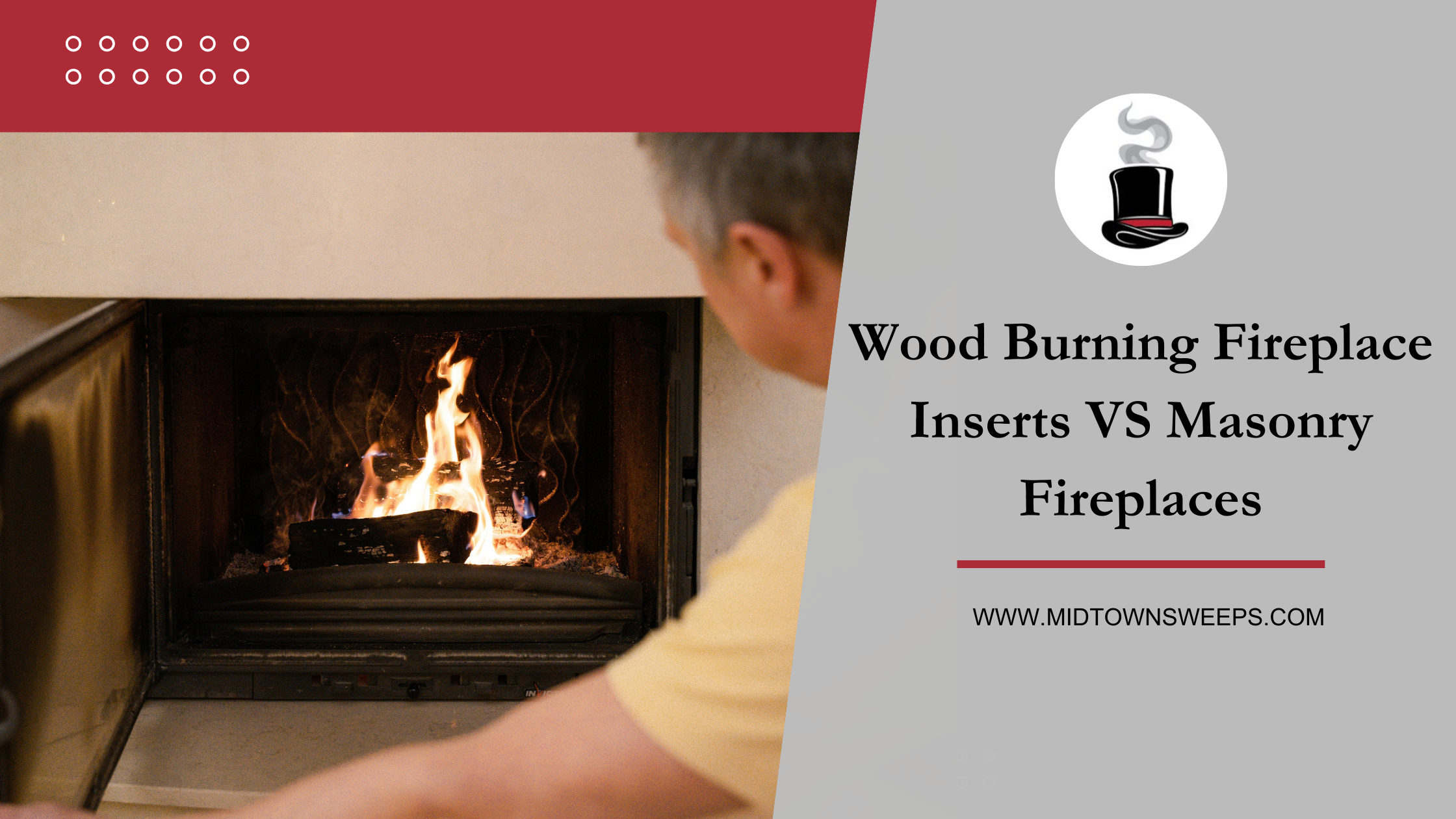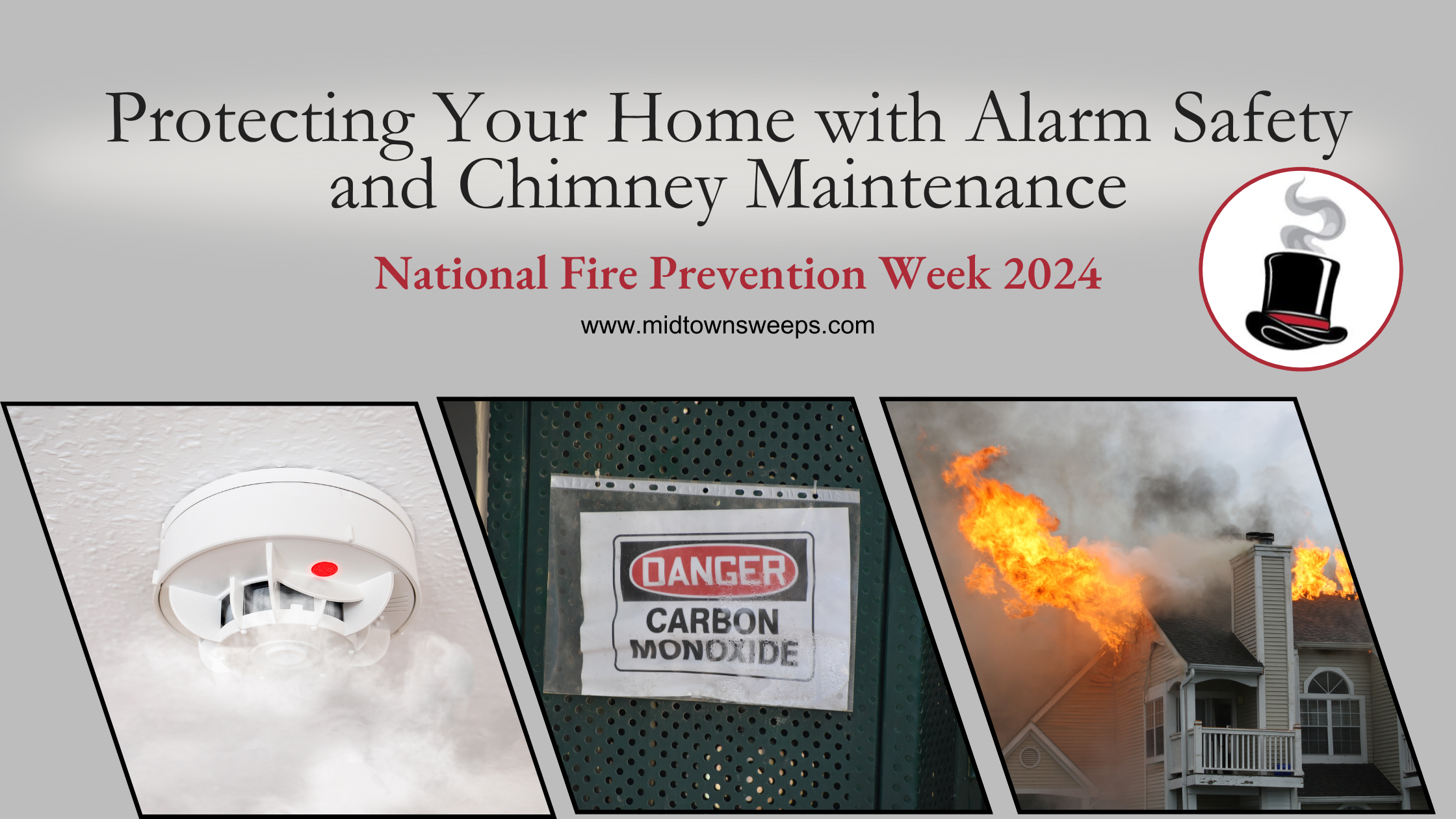When it comes to ensuring the safety and efficiency of your chimney, regular maintenance is essential. One common issue homeowners face is the presence of animals in their chimney. Animals seeking refuge or nesting inside your chimney will cause obstructions and pose potential hazards. Here we will explore the best animal removal practices to help you address this problem effectively and compassionately.
Identify the Animal
Before initiating any animal removal process, it is important to identify the type of animal residing in your chimney. Different animals require different removal methods. Common chimney invaders include birds, squirrels, racoons, and bats. Observe the sounds, droppings, and any visible signs to determine the species present. If you are unsure or suspect the presence of a protected or endangered species, consult a professional wildlife removal service or animal control agency for assistance.
Seek Professional Assistance for Animal Removal
While some animal removal tasks can be tackled by homeowners, it is advisable to seek professional assistance, especially if you are uncertain about the appropriate removal methods or the potential risk involved. Professional chimney sweeps are well trained, in dealing with animal intrusions, possess the necessary equipment and are knowledgeable about local regulations regarding animal removal.
Protect Yourself and the Animal
Animal removal can be a delicate process that requires utmost care and consideration for both yourself and the animal. Ensure your safety by wearing protective gear such as gloves, goggles, and a face mask. Handling animals can be stressful for them, so it is crucial to handle them gently and with compassion. If possible, try to provide an alternative habitat for the animal to avoid displacing it entirely from its natural environment.
Use Non-Lethal Methods
Whenever feasible, opt for non-lethal animal removal methods. Exclusion devices like one-way doors or wire mesh screens can be installed to allow animals to exit the chimney but prevent re-entry. Seal off potential entry points on the roof, such as loose or damaged chimney caps, to discourage further intrusions. By using humane techniques, you ensure the safety and well-being of both the animal and your chimney.
Clean and Repair your Chimney
After successfully removing the animal, it is essential to clean and repair any damage caused. Animal droppings, nesting materials, and debris should be carefully removed to prevent blockage and potential health hazards. Check for any structural or functional damage to the chimney and address repairs promptly to restore its proper functioning. Make sure to install a chimney cap if needed to prevent further animal entries!
Animal removal from chimneys requires a combination of knowledge, skills, and compassion. By following these best practices, you and a professional can effectively and ethically handle animal intrusions while safeguarding the integrity of your chimney. Remember, seeking professional assistance and prioritizing humane removal methods ensure a safe and sustainable environment for both human and animals alike.












